Municipalities
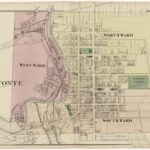
Centre County is comprised of twenty-five townships and ten boroughs that provide local government for residents. The number of boroughs and townships has grown and changed since the county’s founding in 1801.


Centre County is comprised of twenty-five townships and ten boroughs that provide local government for residents. The number of boroughs and townships has grown and changed since the county’s founding in 1801.
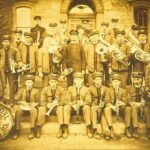
Boalsburg, originally known as Springfield, is a historic village in Harris Township, near the base of Tussey Mountain. After the Revolutionary War, settlers moved to the valley and among them was David Boal, who built a stone cabin in 1803, which still stands as part today’s Boal Mansion.
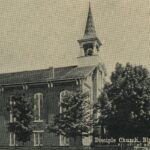
Evangelical churches share common roots in the Protestant Reformation and later “awakenings” that established new denominations stressing personal salvation, holiness, emotional worship, and simplicity. Centre County welcomed new churches that blended both German and Scots Irish evangelical traditions.
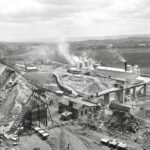
Limestone has played an essential role in Centre County’s economic history. Widely used for both industrial and agricultural purposes, limestone has been mined in the county for more than 200 years.
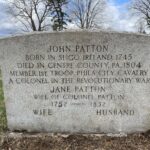
John Patton was a Revolutionary War veteran and prosperous Philadelphia merchant and civic leader, who moved to Centre County in 1789 to build the region’s first charcoal-fired iron furnace, Centre Furnace. The operation’s success sparked the founding of additional furnaces and forges in what would become Centre County.
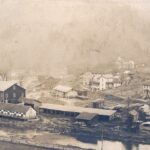
Before European colonists arrived, Pennsylvania was an estimated 97 percent forested. Centre County is in an ecological region in which the aboriginal forest was dominated by white pine and hemlock, both of which had lucrative industrial applications that attracted colonists and entrepreneurs.

When slavery is mentioned in the history of Centre County, it is usually in the context of abolitionism and the Underground Railroad in the decades before the Civil War. However, the county also has its own local history of slavery and slave ownership.

General James Potter was a Pennsylvania military and political leader and frontier land developer, who is best known in Centre County for the exploratory trek that led him to the crest of Mount Nittany, overlooking Penns Valley, and his declaration that he had discovered an empire.
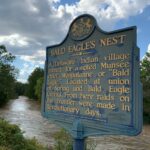
The presence and impact of Native Americans in what is today Centre County is a matter of both history and popular imagination. Evidence indicates that the region between the West Branch of the Susquehanna and the Juniata Rivers was primarily an area of hunting and transit for Native Americans.

Mount Nittany is probably Centre County’s most famous geographical feature. Thanks to the Penn State football team, fans across the country are familiar with the name of the iconic ridge. As a result, Mount Nittany has become an integral part of the lore of the school and region.